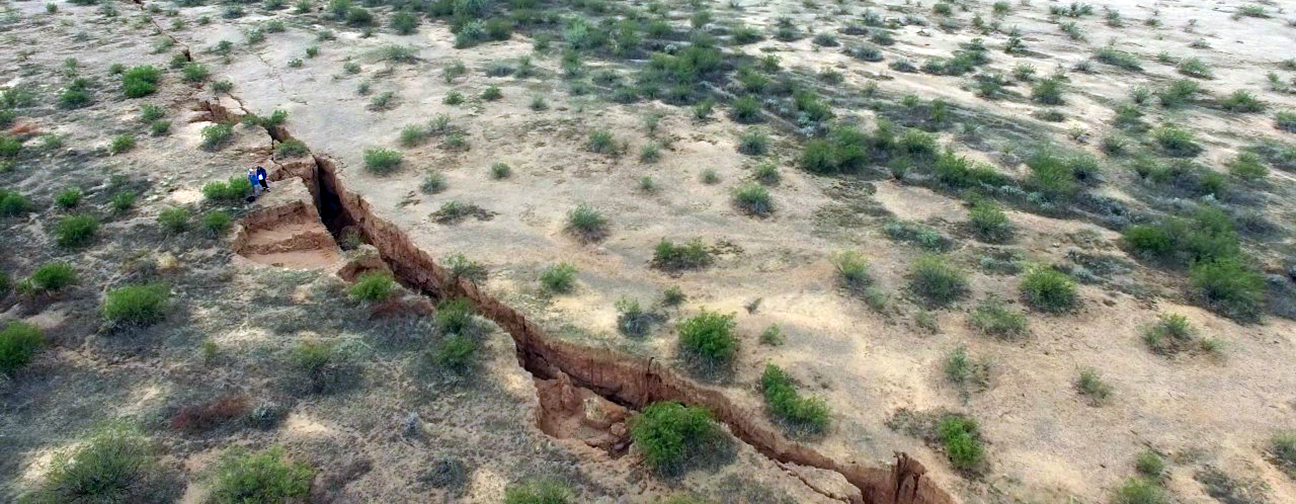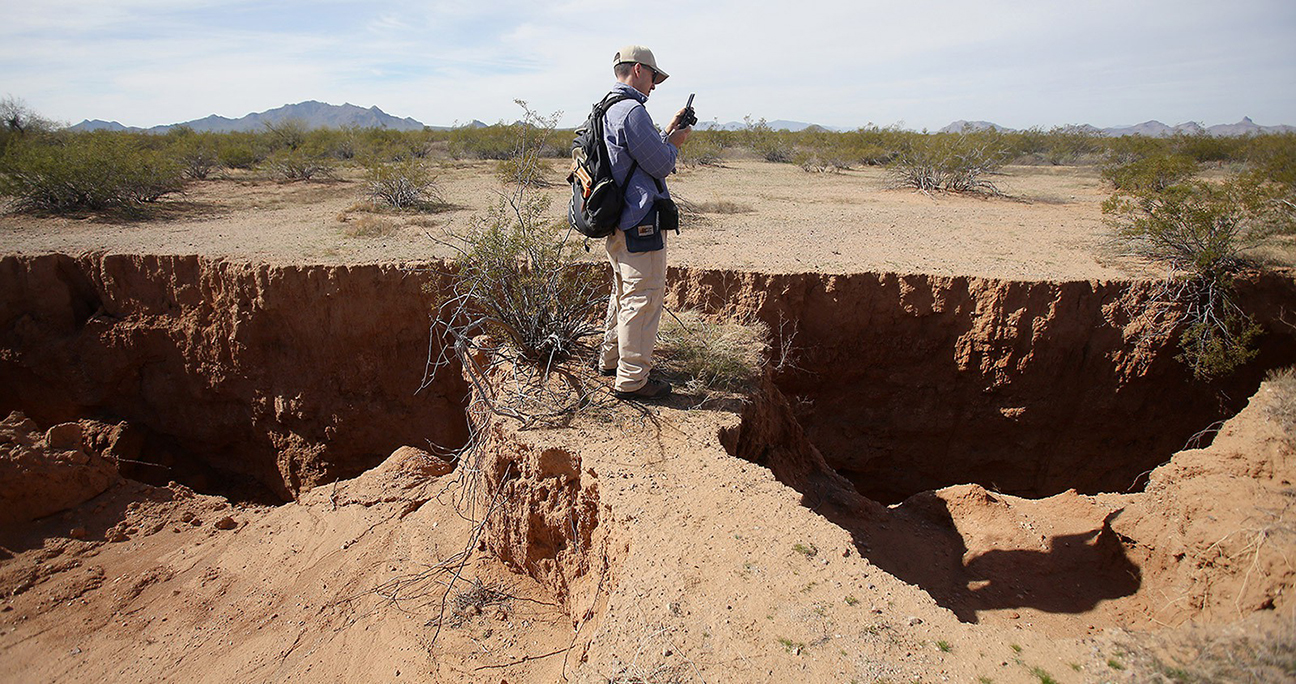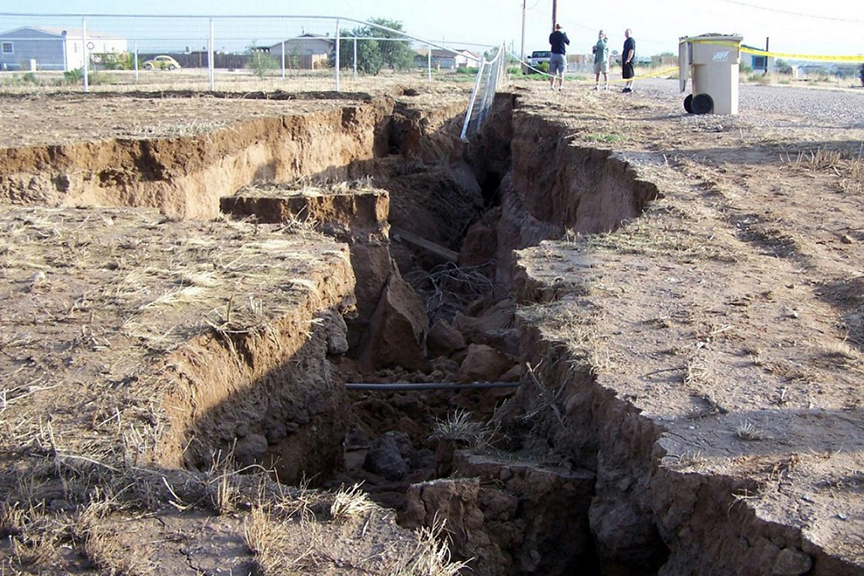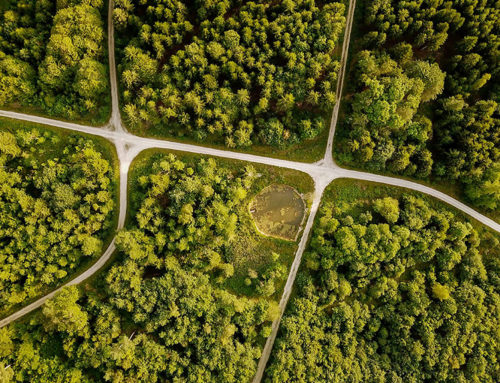In the vast expanse of the American Southwest, a silent crisis is literally splitting the Earth apart. Gigantic cracks, or fissures, have begun to mar the landscapes of states such as Arizona, Utah, and California. These gaping wounds in the earth’s surface are not natural phenomena but rather the result of excessive groundwater depletion through extraction by human hands. Groundwater, a vital source of freshwater, is fast becoming a finite resource, triggering a crisis that threatens not only the environment but also the very foundation of communities across the region.
Groundwater, the lifeline of the Southwest, accounts for nearly half of all drinking water and approximately 40% of global irrigation. However, the pace at which we are siphoning this precious resource is far outstripping the Earth’s ability to replenish it naturally. “When too much groundwater gets pumped up from the natural aquifers below the surface, it causes the land to sag and create these cracks,” warns Joseph Cook, a researcher at the Arizona Geological Survey. “It’s something we’ve caused to form,” he adds, emphasizing that these cracks are signs of mounting tension in the Earth, a direct consequence of the reckless depletion of groundwater.

Fissures commonly appear in the basins nestled between mountains, and their emergence spells disaster for communities. They pose threats to homes, roads, canals, and dams, while also jeopardizing property values, livestock, and human lives. For Arizonans, this problem has been a long-standing concern, with monitoring efforts dating back to at least 2002. The Arizona Geological Survey has already charted 169 miles of these ominous fissures.
A recent investigation by The New York Times has exposed the severity of the situation, categorizing it as a national crisis. The report reveals that the aquifers, which supply approximately 90% of the US water systems, are being depleted to such an extent that they may never recover. Over the past four decades, nearly half of the monitored sites have witnessed significant declines, and four out of every ten sites have reached “all-time lows” in the past decade. Aquifers could take centuries, or even millennia, to regenerate, if they can recover at all. In the view of Joseph Cook, some sites in Arizona are already beyond the point of no return, thanks to consistent and excessive water usage.
The looming specter of climate change further exacerbates this crisis. Rising global temperatures have led to dwindling rivers, compelling farmers to rely even more heavily on groundwater reserves for freshwater. The Colorado River, a vital source for farmers across the Southwest, has already shrunk by nearly 20% since 2000. Projections suggest that if temperatures in the Colorado River Basin rise another 2-5 degrees Fahrenheit by 2050, river flow could diminish by 10% to 40%, according to The Climate Reality Project.

A key obstacle in addressing this over-pumping dilemma is the lack of comprehensive regulations. The federal government has virtually no oversight over groundwater pumping, and individual states have patchy, inconsistent rules. For most of its history, Arizona operated on a “first-come, first-served” basis, with no limits on groundwater usage. In essence, people could deplete groundwater until it ran dry, compounding the crisis.
Moreover, the scarcity of national-scale groundwater research makes it difficult to gauge the full extent of excessive groundwater pumping across the country. This lack of awareness may explain why regulations on pumping remain so inadequate. Damaging practices, like farming in arid regions, continue unabated.
The path to a solution lies in a fundamental shift in our water consumption habits. Allowing underground aquifers to naturally replenish themselves is essential. Otherwise, these ominous fissures will continue to grow and serve as stark reminders of the environmental toll we exact upon our planet. “As long as we keep using more than what naturally recharges, we’re going to have this problem,” warns Joseph Cook. The fate of the American Southwest and its fragile landscapes rests in our hands.






